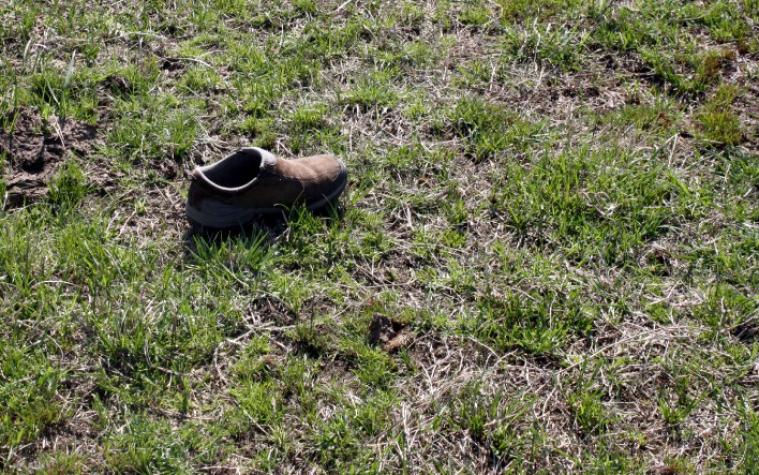HERMITAGE, Mo. – Frost-seeding legumes now can pay big dividends later, says University of Missouri Extension field specialist in agronomy Terry Halleran. Frost-seeding is a low-cost method of broadcasting legumes over frozen ground into an existing pasture.
Legumes offer many benefits but require proper management, says Halleran.
Legumes add diversity to fescue pastures and improve soil health. They also reduce input costs by lowering nitrogen needs. Legumes dilute the toxicity of fescue and add weight to cattle. They also extend the growing season, leading to fewer issues from summer slump.
Traditionally, sew legumes around February in southwestern Missouri for best seed-to-soil contact, says Halleran. The freezing-thawing action of the soil can benefit from the hoofing action of the cattle. Keep in mind that too much thatch on the ground can prevent good seed-to-soil contact, and Halleran recommends close mowing or grazing prior to frost-seeding.
Drought in 2024 makes the role of legumes in overgrazed and overstocked pastures more important than ever, he says. Their deep root systems also make them a good choice in drought-prone areas. Legumes improve nitrogen fixation and soil fertility after drought. Poor soil fertility reduces the growth of desired plants and gives weeds an opportunity to gain a foothold in pastures.
Control weeds through proper herbicide applications and good management. “A healthy, dense pasture is the best weed control there is,” says Halleran. “Unwanted weeds cost cattle producers money.”
Halleran has these tips to control weeds:
• Pastures should contain no more than 50%-60% fescue, especially if it is Kentucky 31 variety.
• Check the purity of your fescue seed.
• Consider a mix of 25%-30% cool-season grasses. These include orchard grass, Kentucky bluegrass, perennial ryegrass, reed canary grass, smooth bromegrass and others.
• Legumes should make up 20%-25% of your pasture. Use red clover, white clover and lespedeza. Avoid frost-seeding alfalfa, bird’s-foot trefoil, hairy vetch, oats, sunn hemp, millets or sorghums.
• Warm-season grasses should make up 15%-20% of your pastures. These include crabgrass, Bermuda grass and native warm-season grasses.
Healthy pastures depend on normal weather patterns with adequate, timely rainfall. But they begin with proven standard farming practices such as soil tests and deciding whether inputs such as fertilizer and spraying will pay for themselves and improve carrying capacity.
Drought has depleted many pastures of nutrients, especially lime and phosphorus. This led to weeds that crowded out good grasses. Lime is usually needed in Ozark soils to improve plant diversity and encourage clover to grow and persist.
Also consider when to fertilize, says Halleran. “Fertilizer takes time to get into the ground, especially P and K,” he says. Apply four to six months before the growing season and don’t apply nitrogen the first spring after adding legumes to your mix.
For more information, see the MU Extension publication “Seeding Rates, Dates and Depths for Common Missouri Forages.”
Photo
Frost-seeding legumes boosts pasture health, lowers input costs, improves soil fertility, and supports cattle growth even in drought-prone areas.
Consider frost-seeding legumes now to improve pasture health, says University of Missouri Extension field agronomist Terry Halleran. Grass grazed below ankle height, as indicated by this shoe, can deplete pastures of nutrients and encourage weed growth. Photo by Terry Halleran, MU Extension field agronomist.
